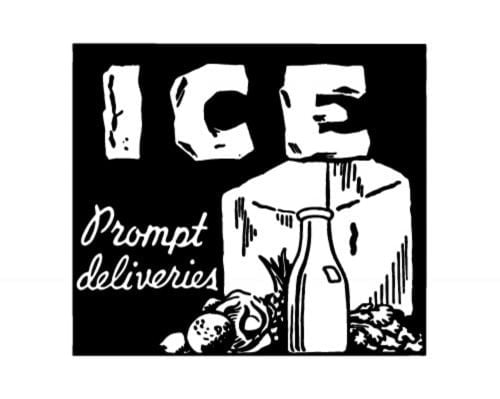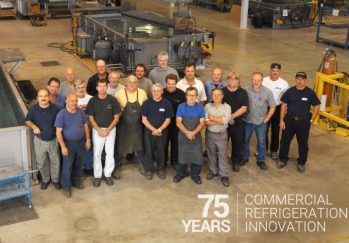Making Food Safer By Keeping It Colder – Part Two, Industrial Refrigeration Safety
Cooling Becomes Big Business – Part Three, Industrial Refrigeration Safety
July 11, 2012Now available — AutoCad drawings for download
July 14, 2012The change from an agricultural society to an industrial one along with a greater demand for beef and other meats created a desire for food to be shipped and kept fresh.
Once received, storage was required of the shipped meats in order to maintain its freshness and its safety for consumption.
The old adage, Necessity is the Mother of Invention is easily applied to how refrigeration technology came about.
In the beginning, home coolers were metal-lined boxes that were filled with ice. The convenience of ice wasn’t what we have today, in the very boxes we use to keep things cool.
Businesses started to pop up out of sheer demand for products and services not readily available to the average homeowner or store owner.
 Ice was delivered by vendors who pulled the ice from rivers and streams to the cities. Ice blocks were packed with hay to help slow down the process of melting.
Ice was delivered by vendors who pulled the ice from rivers and streams to the cities. Ice blocks were packed with hay to help slow down the process of melting.
The ice man would make daily drops and keep the ice box working and so began the regiment for food safety. It was not possible to keep food on hand for longer periods of time.
In the 1860s work began experimenting with commercial refrigerants and eventually they were used in train cars that transported food across the United States. This mean meat processing plants could begin to process larger quantities as they could be shipped in train cars and sent to large plants across the country.
We’ll look into how food becomes big business in Part Three of Food Safety in Industrial Refrigeration.



